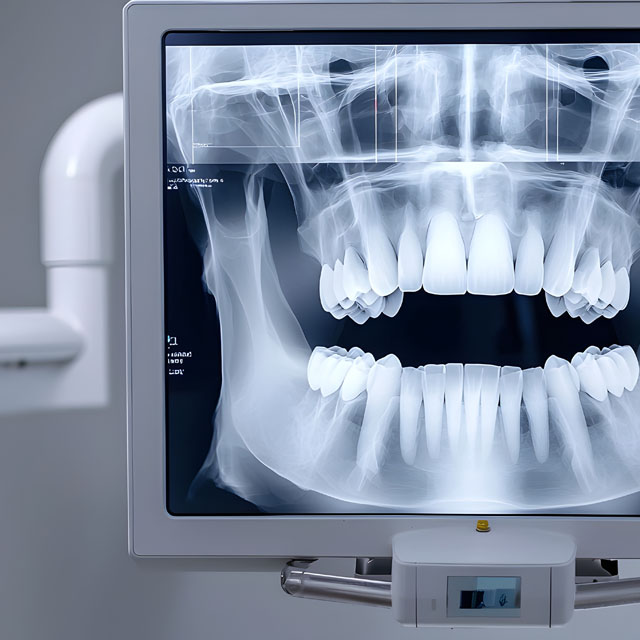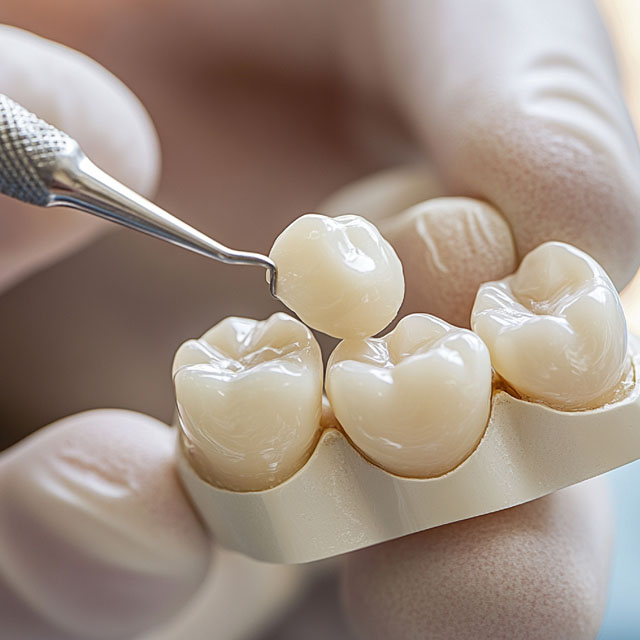Root Canal Treatment (RCT)
(RCT) can save your natural tooth and get you out of pain, fast. It's a simple, effective procedure that lets you get back to smiling, chewing, and living without constant discomfort.
What Is a Root Canal?
A root canal is a common and effective dental procedure used to treat and save a tooth with damaged or infected pulp. Pulp is the soft tissue inside your tooth beneath the outer enamel and dentin layers. It contains nerves, blood vessels, and connective tissue. When the pulp becomes inflamed or infected, often due to a deep cavity, crack, or injury, it can cause severe pain and lead to a tooth abscess.
During root canal treatment, a dentist or endodontist carefully removes the damaged pulp. Then, the inside of the tooth is thoroughly cleaned, disinfected, and filled with a special material to prevent future infection. Finally, the tooth is sealed and often restored with a crown to protect it and restore its function.

What to Expect During the Procedure
Many people worry about getting a root canal, but modern treatments are nothing like the stories you may have heard. At our medical and dental center in Dubai, UAE, we make sure the procedure is very similar to a standard filling. It is often completed in just one or two appointments. Most patients feel better right away.
Here's a simple explanation of the process
Numbing
Your dentist will use a local anesthetic to numb the area around the tooth, so you won't feel any pain during the procedure
Access
A small opening is made in the top of the tooth to access the pulp chamber.
Cleaning
The infected pulp is removed, and the canals are cleaned and shaped.
Filling and Sealing
The cleaned canals are filled with a material that does not cause an allergic reaction and sealed to prevent another infection.
Restoration
A temporary or permanent filling is placed. In many cases, a crown is recommended to provide long-term protection for the treated tooth.
When is an RCT needed?
Severe Toothache
- Pain when chewing or applying pressure may signal an infection deep within the tooth that requires root canal therapy.
Long-Lasting Sensitivity
- Sensitivity to hot or cold that lingers after the source is removed can be a sign of nerve damage inside the tooth.
Swollen or Tender Gums
- Swelling or tenderness around a tooth may point to an underlying infection affecting the surrounding tissues.
Gum Pimple That Comes and Goes
- A recurring bump on the gums could be a sign of a dental abscess, often linked to a tooth needing root canal treatment.
Tooth Discoloration
- Darkening of a tooth may indicate that the inner pulp is damaged or dying, which often requires root canal therapy to save the tooth.
Why Choose a Root Canal?

A root canal treatment is a great way to save your natural tooth. It can relieve pain, but that's not the only benefit:
- It keeps things working the way they're supposed to. It lets you bite just as you normally would.
- Appearance: You can still smile naturally.
- Protection: It protects your other teeth from wear and strain.
- Affordable It's often cheaper to save your natural tooth than to get a replacement tooth, like a bridge or implant.
Common Dental Questions
With modern anesthesia, a root canal is no more painful than getting a filling or a wisdom tooth removed. You might feel some soreness or numbness for a few hours after the procedure, and you may feel a bit uncomfortable for a few days.
The numbness will typically wear off in 2-4 hours. We advise you not to eat until the numbness has completely faded to avoid accidentally biting your cheek or tongue.








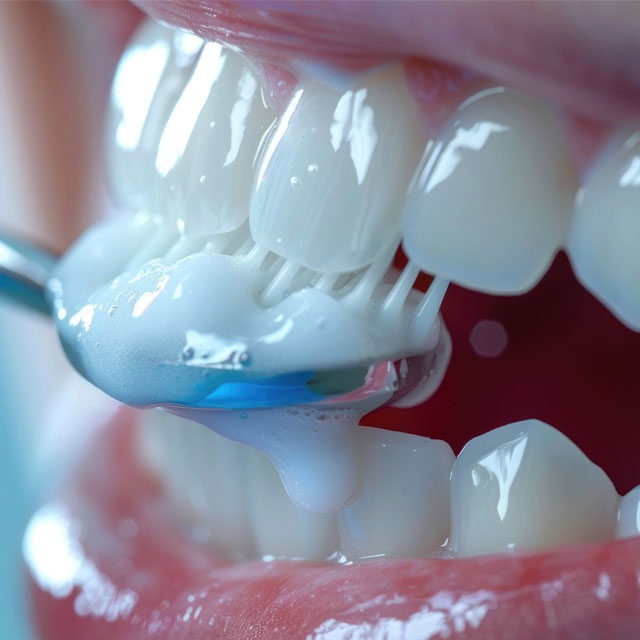





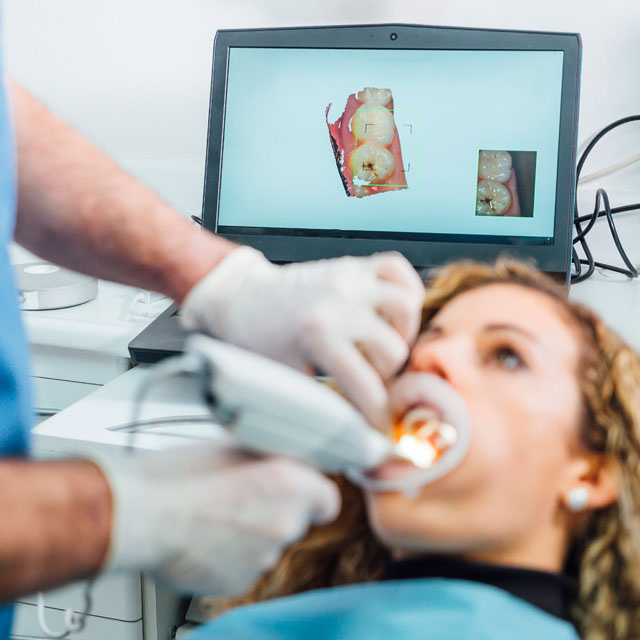

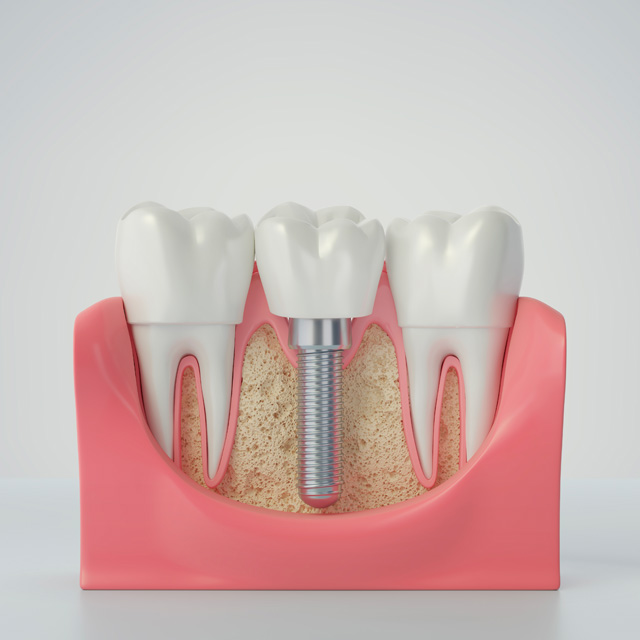


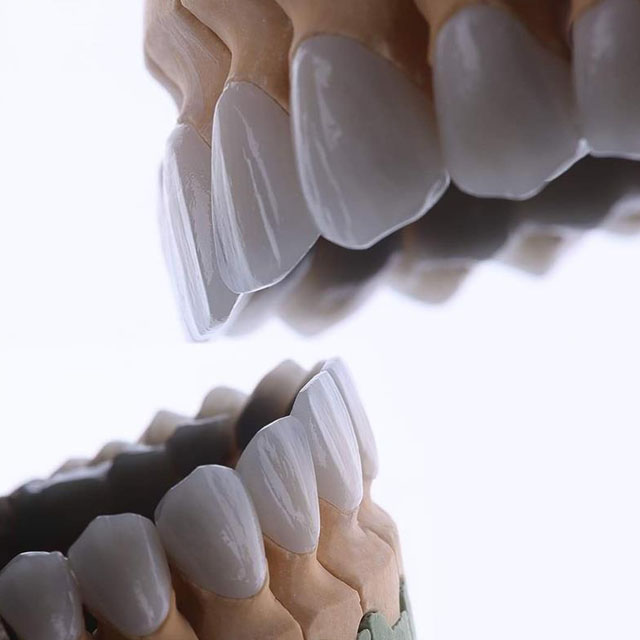





.jpg)

.jpg)
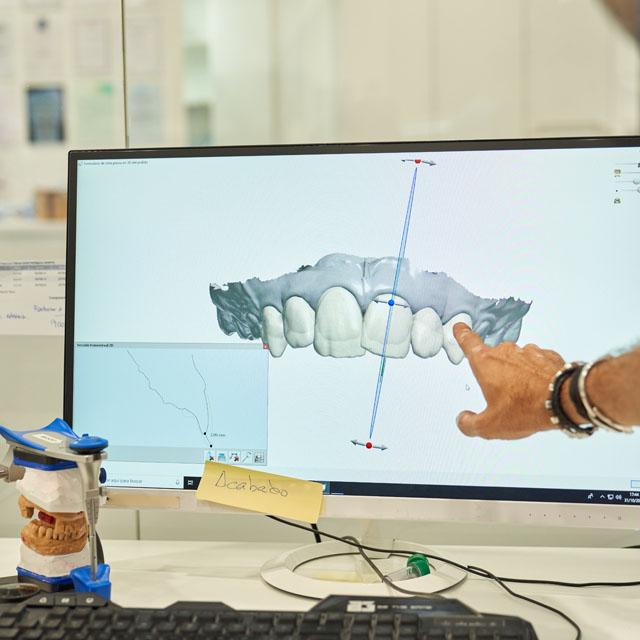


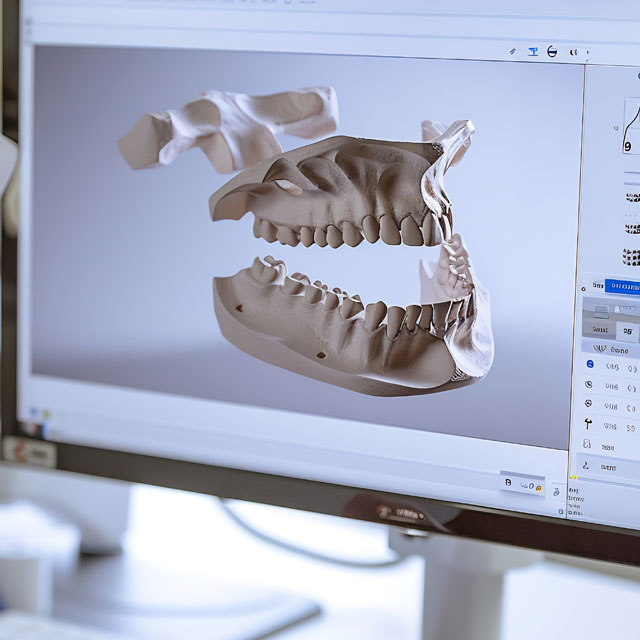
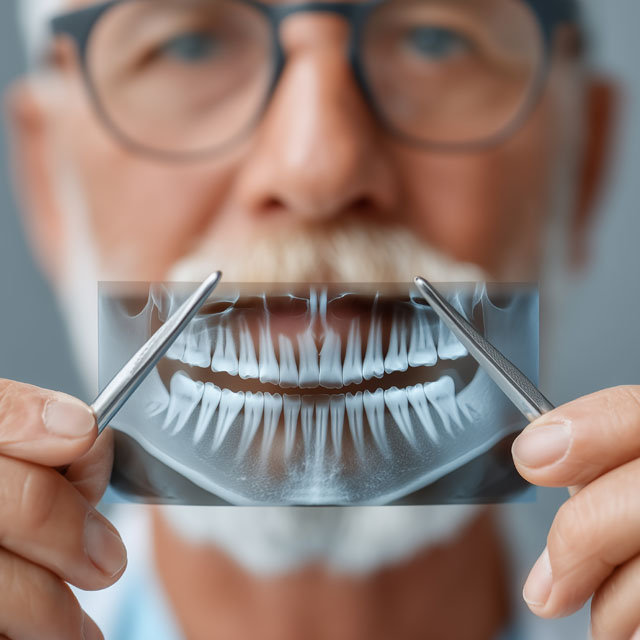




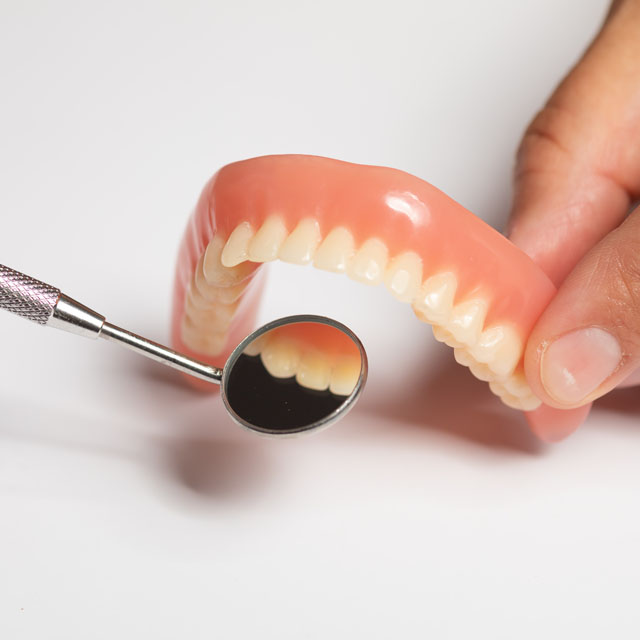

.jpg)

